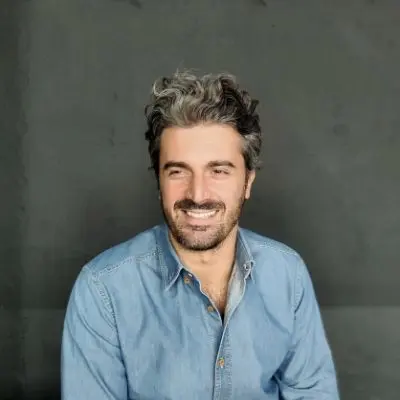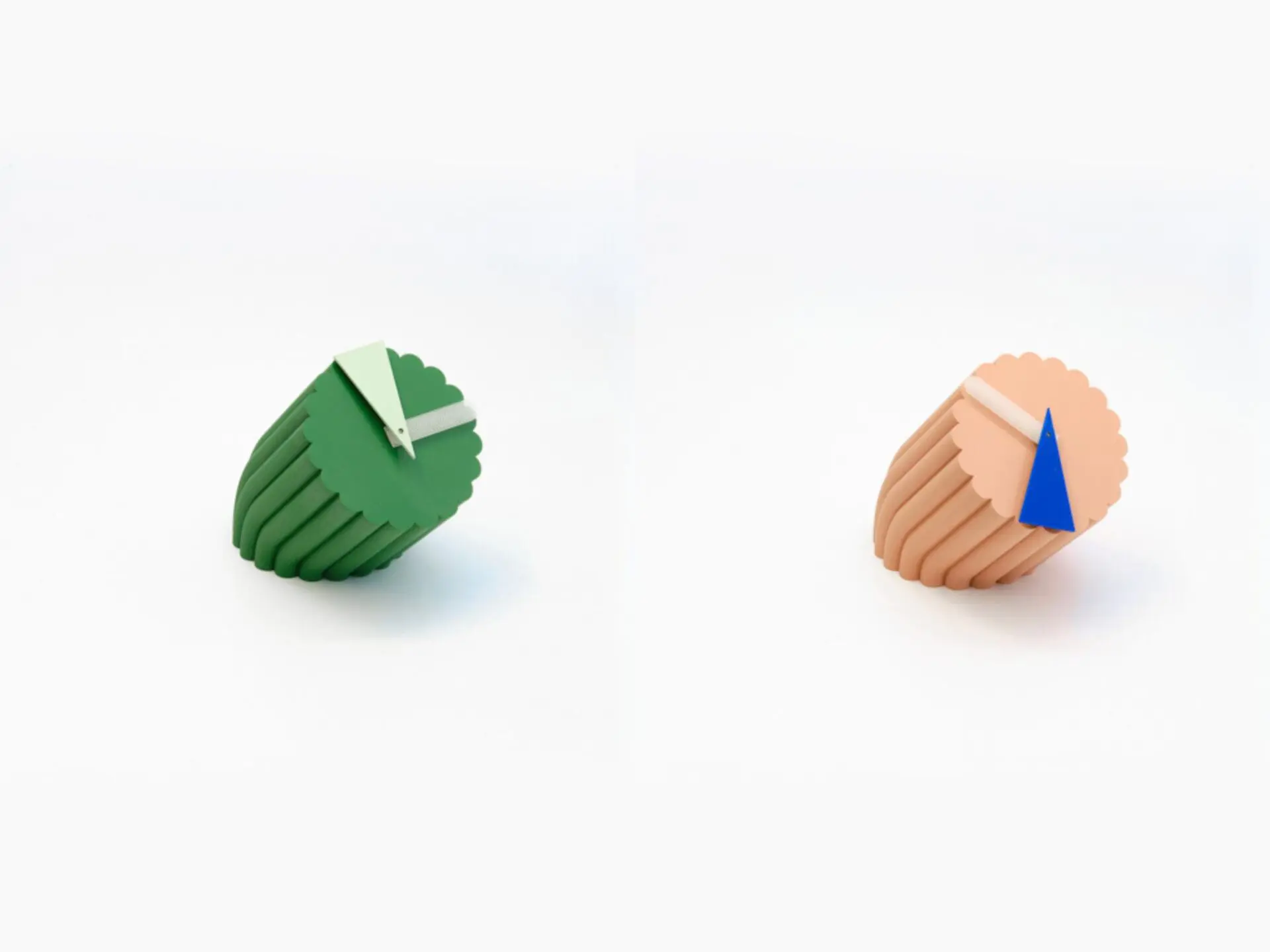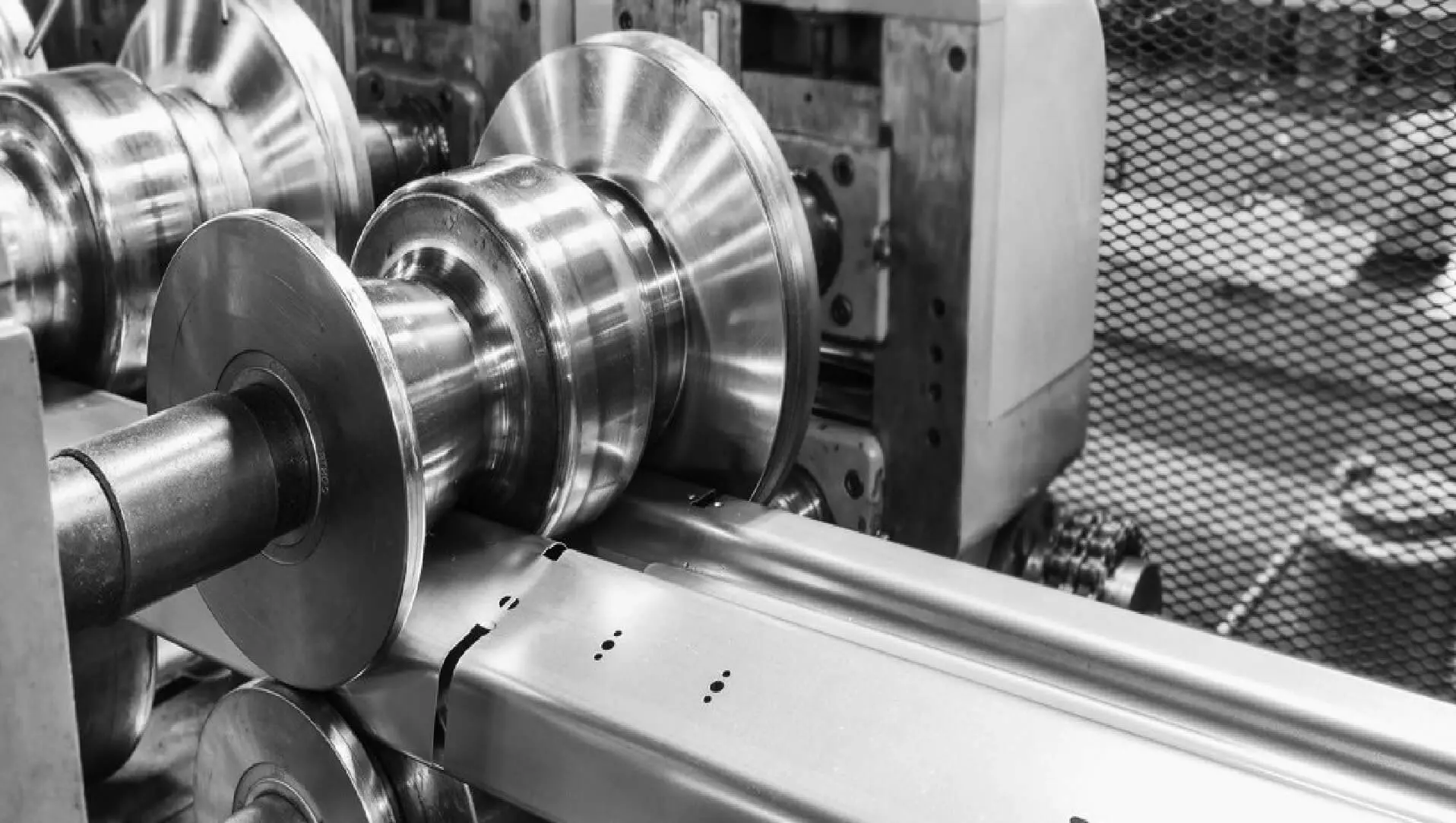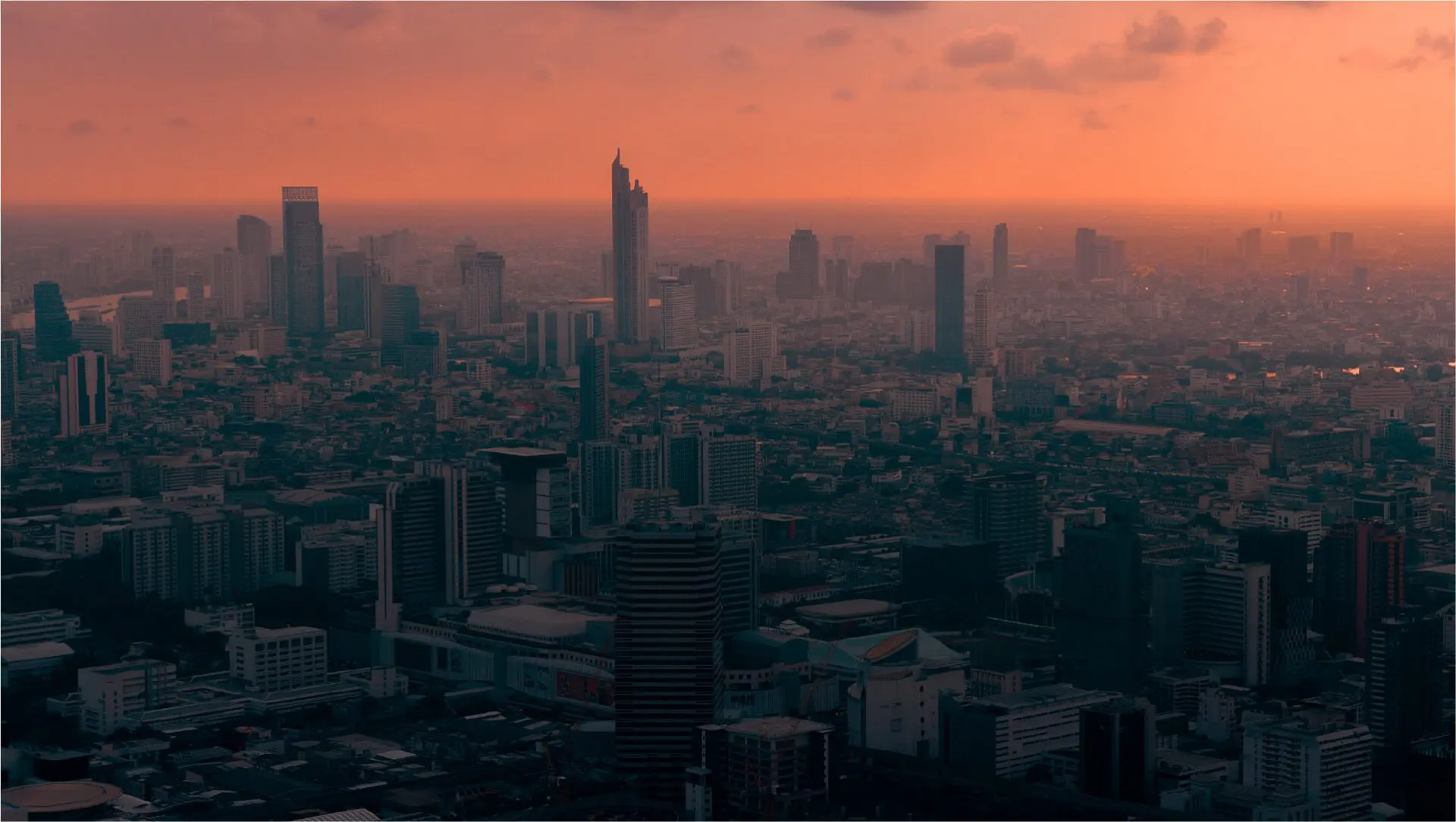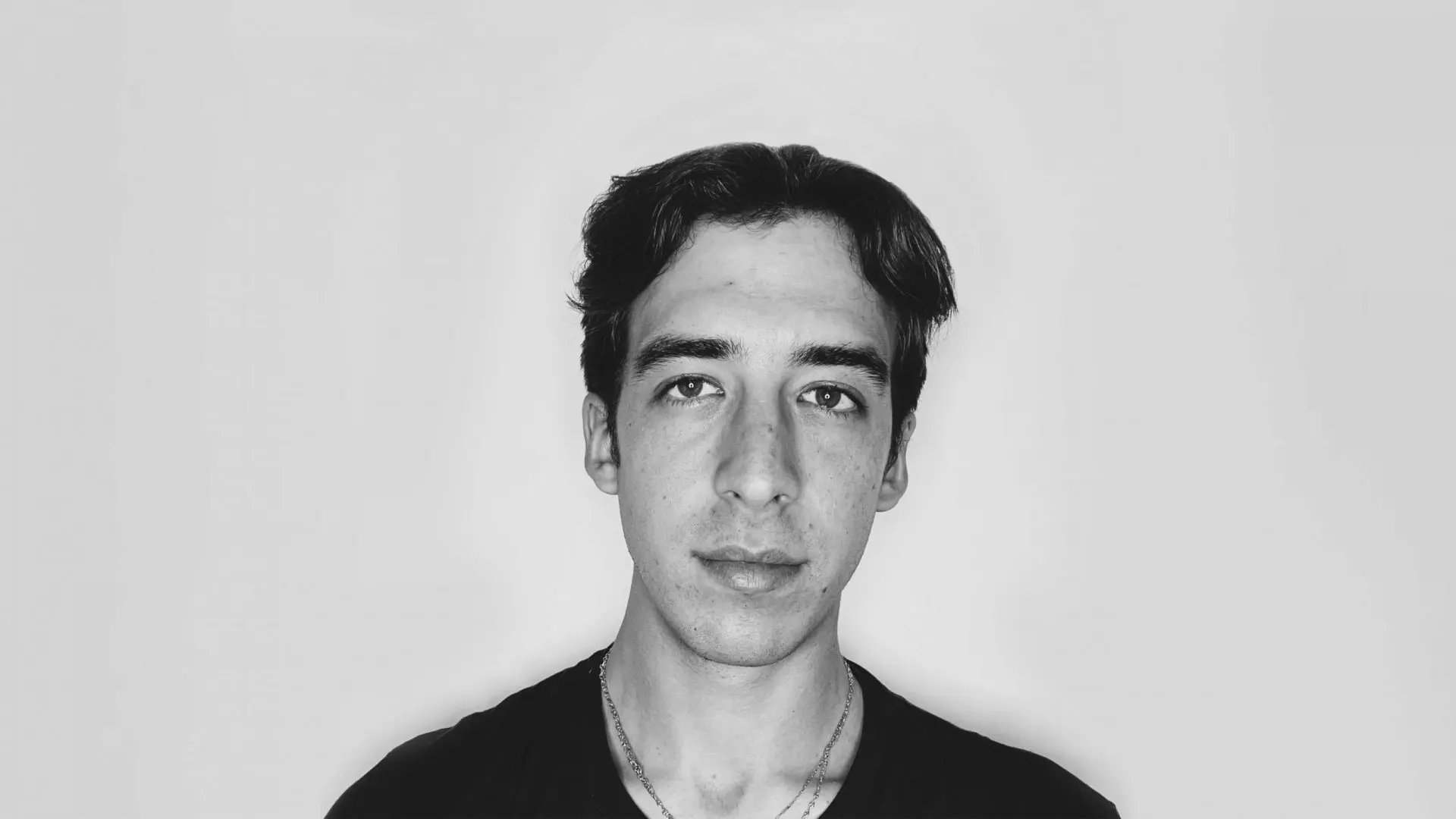Blending creativity with social responsibility in Design – Interview with U-ak
Marta Pascual, Founder of U-ak studio, stands out in the design world as a multifaceted creative professional with a deep commitment to social responsibility and sustainability.
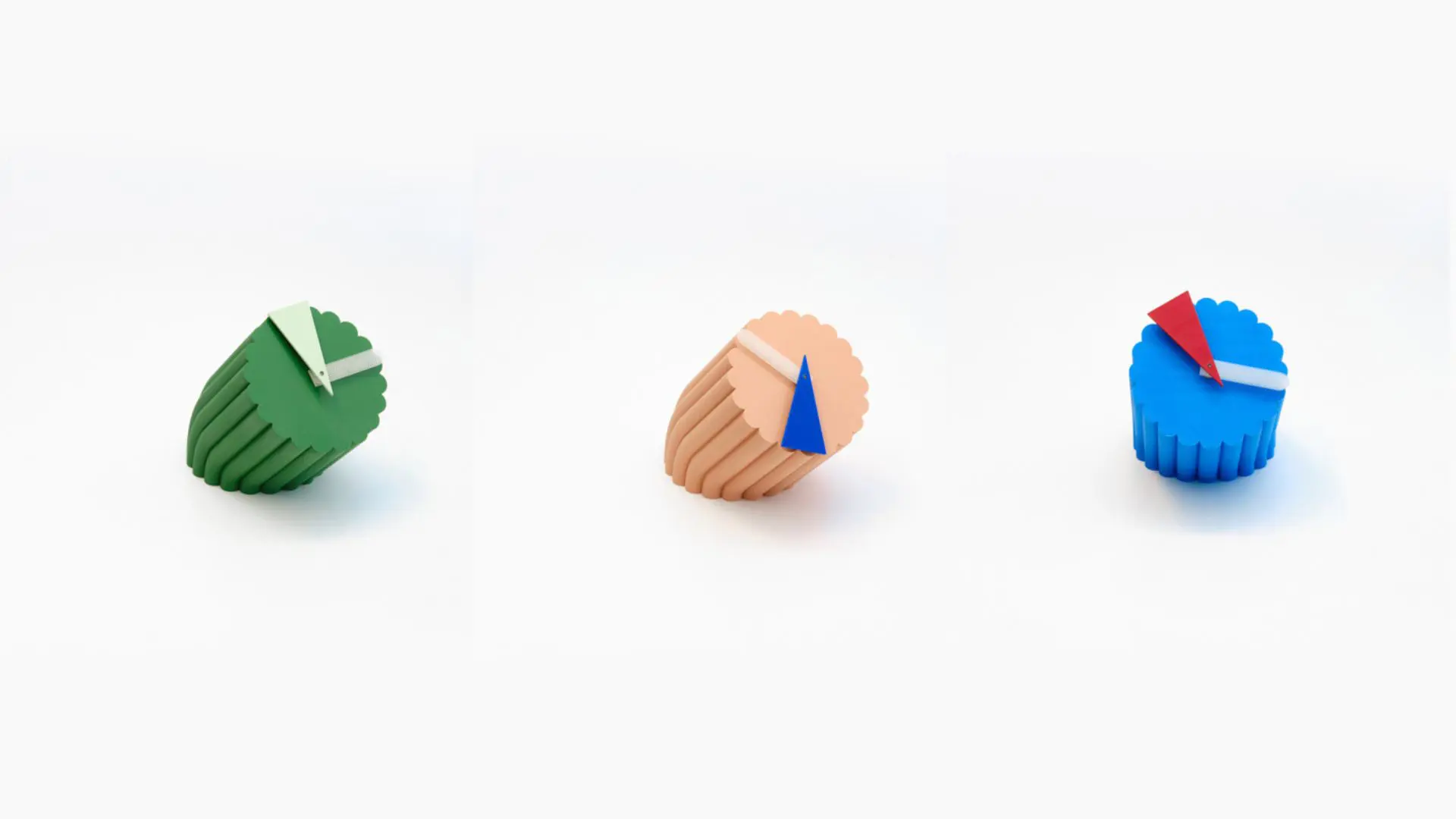
Since 2016, Marta Pascual’s studio, U-ak, has focused on social integration through design. By collaborating with vulnerable groups, such as immigrant women in Spain, she creates opportunities for personal and professional growth, infusing her products with unique social value.
At the core of her design philosophy are sustainability, social impact, and avant-garde techniques. She believes that good design should be both beautiful and functional, adhering to the principle that “less is more.” Her creative process involves conceptual inspiration and functional exploration, as seen in her innovative use of a PVC pipe elbow during the pandemic, which led to several notable collections.

U-ak’s work exemplifies the transformative power of design when driven by creativity, responsibility, and a commitment to social and environmental impact. This is why we decided to interview her and dig deeper on her approach to design.
Who is Marta Pascual? How did you start your journey in design?
Marta Pascual:
“I would describe myself as a creative professional. My language and thinking is through creation, in different disciplines and scales, although the main one is product design. I would say that I am “creative” and that I work around creativity. I am like the objects I design: “multifunctional” and restless.
I would complete “my self” the social and collective part because from the beginning I have created projects that combine all these aspects, which are part of my personality. The social and the collective through the creation of objects and also educational programs and collective programs.
My obsession is to generate value through design. I believe that the world already has too many things, which will only be garbage in the short, medium and long term and that we help to promote consumption. The industry and consumers are not able to absorb everything that is generated, so my obsession is to make objects that fulfill different functions, that have durable and environmentally responsible materials and that if possible, are designed within a circular economy that favors the entire ecosystem, involving for this purpose to groups in which they have an impact and a positive benefit on them.

I have the responsibility to help create a better world, that makes people better, not only creating beauty but making the whole circle from the beginning of the idea until it is consumed in each home is responsible and conscious.
My journey began precisely by generating a project of awareness and social responsibility with children’s home products, to encourage respect for all these values that I have pointed out from a young age. My first personal project in 2011 was to work with handmade fabrics made in remote communities around the world and integrate them into children’s home products made with natural fabrics, where in addition to the product itself, there was a pedagogical part as we told their origin and thus promoted respect for other ancestral cultures, towards the handmade and towards the durable.”
What are the guiding principles and methodology behind studio U-ak’s design philosophy?
Marta Pascual:
“As I said, the principles with which I work and with which I define the brand, are to work with a “sustainable, social and avant-garde” design. Not all products can integrate these 3 balances at the same time, but I try to have a balance and that they are present in one way or another. I add “avant-garde” as a definition because I like to work with current techniques, and have a vision of work thinking about the future. I think that many times social design is confused with a “less beautiful and functional” design and what I believe is that precisely what a good design has to have is that less is more.

The methodology I use at U-ak is through two ways of approaching the creation of the project:
1.Conceptually: I work by forming collections of objects, through something that I want to tell and that has served me as inspiration: a feeling, an experience, or something to divulge ,etc. For example, an exhibition by Normen Foster about the possibility of inhabiting lunar spaces, led me to create a textile collection for those spaces of the future. Or the loss of loved ones has led me to create the latest collection of lighting, thinking about the idea of memory through light.
2. Functionally; Through the search for different functions of the same form. For example, a form that when studied leads us to an infinite number of functions in its exploration.”
In practical terms, what does exploring form, color, and material mean?
Marta Pascual:
“During the pandemic I exercised a process of creative work with nearby objects that allowed me to work under those circumstances. Especially through an object I had, a pwc pipe elbow, which was an experiment to be able to exercise my work without having anything else to rely on during the months of confinement.

So I started an investigation through the shape of an object, to look for its infinite functions, and how by mixing these variables, shape, function and color, the possibilities of the same shape could vary exponentially. This pipe elbow has generated all the collections that I have been making since that year in 3d printing: Mirror Periscope, Dont waste time clock, Wall accessories, and Tray totem Collection presented at the Milan and Eindhoven design weeks.”
How is the research conducted?
Marta Pascual:
“The research is as I said a long way from 2020, where I’m doing analysis of the forms. From this analysis, which is collected through sketches, these are amplified or minimized to converge in as many functions as possible in the same form. As I said, my obsession is to generate value and I believe that one of the ways that can be contributed is that an object can fulfill several functions, that it covers several needs to consume less and need less, at the end of the day.
The life of a consumer changes throughout life, and I believe that if the same product can cover several stages it is better for him, for the environment by needing less and for everyone at the end of the day.”
Since 2016, your studio has focused on social integration. What inspired you to use design as a tool for this aim?
Marta Pascual:
“VALUE. Making an object have a personal and social value, that transforms people and the environment is what really moves me to design objects.
I began to collaborate with projects with vulnerable groups, for example immigrant women who arrived in Spain with single-parent families and who had to help them get ahead. These projects through training in pattern making and sewing, on the one hand, to learn a profession and on the other hand, to provide family coverage to families, allowed the objects they designed to have that implication of personal and social transformation. For women it is a challenge to make my pieces, they learn through them, and see possibilities for career opportunities later.

I also believe that a product made by this type of collective acquires an extraordinary value, because somehow it has that personal imprint of the woman who has made it, it has a social learning behind it. I think this collaboration is magical and I think it should be used in a generalized way by all designers.
Crafts are being lost, at least in Spain. Craftsmanship is acquiring more and more value, and is already integrated in the production of products nowadays through the action of the designer who has become a craftsman, or vice versa but only generates his own products, not producing them for others as in the case of the craftsman. I believe that design could contribute a lot to society by supporting and maintaining this type of collaboration to generate employment and promote the crafts and artisans.
I have also been carrying out this social integration with educational programs in vulnerable groups, to bring them the tools of design and creativity to find solutions, or generate lateral thinking, ultimately solving problems that empowers them as human beings.”
In the current push towards achieving zero impact, there’s significant research into materials. What qualities should a material possess to align with these objectives?
Marta Pascual:
“They should be durable on the one hand. They should not use harmful raw materials. That their manufacturing process is also friendly, that they are materials produced locally, or in the nearest circle.
Also the way to work them so that the waste is the minimum, even to be able to give a second life to the prototypes when many are generated in complicated projects. It is also important then the maintenance of the materials, how they are cleaned, with which products they can be stored or stacked, etc.”

From a wider perspective, what role do you believe designers can and should play in society?
Marta Pascual:
“As I have said from the beginning, I believe that the designer has a fundamental role in society. In a consumer society as overwhelming as the current one at an international level, with more and more actions, more fairs, more movements (travel / flights) at a global level, we must be aware of the impact that all this produces in our environment.
It is very difficult to maintain these principles to be able to work and be true to your beliefs, but I think that if somehow everyone is responsible for their role even if it is in their small circle, community, city, region etc., every action adds up. I think as I said that this vision of sustainable and social work should be integrated into the work of each designer to generate a good impact with the work. Or at least not harmful, or at least less harmful.
But I think there is already a strong current of designers who already think about this type of design with social and environmental impact, and I think it is the most important role that design and its professionals will play in the future.”
Could you share your insight on the perennial question faced by ambitious students: “Should I seek employment or establish my own business?
Marta Pascual:
“It’s a very personal question. I believe that each person has a set of expectations or a way of understanding work, of understanding oneself and the world, as well as personal characteristics to take one path or the other, or both at the same time in some way. I believe that working for others gives you a series of knowledge, experiences and necessary tools to be able to establish yourself on your own, which will make it less difficult to face later on having your own studio, even though it is extremely difficult.

What I do believe is that in order to have your own studio, it is very important to be surrounded by the perfect group of collaborators to help you reach the necessary milestones. This is fundamental, to surround yourself with the best. Believe in yourself, and be very very constant in your project. Collaboration, partnerships, etc., sharing with other professionals is also very necessary.
Both ways have their good and bad sides. Perhaps the one that has more weight is to be able to have creative freedom by having your own studio, which at the same time is opposed to having more risk and more responsibility. That is a personal decision that each one of us has to make in our personal and professional journey.”

